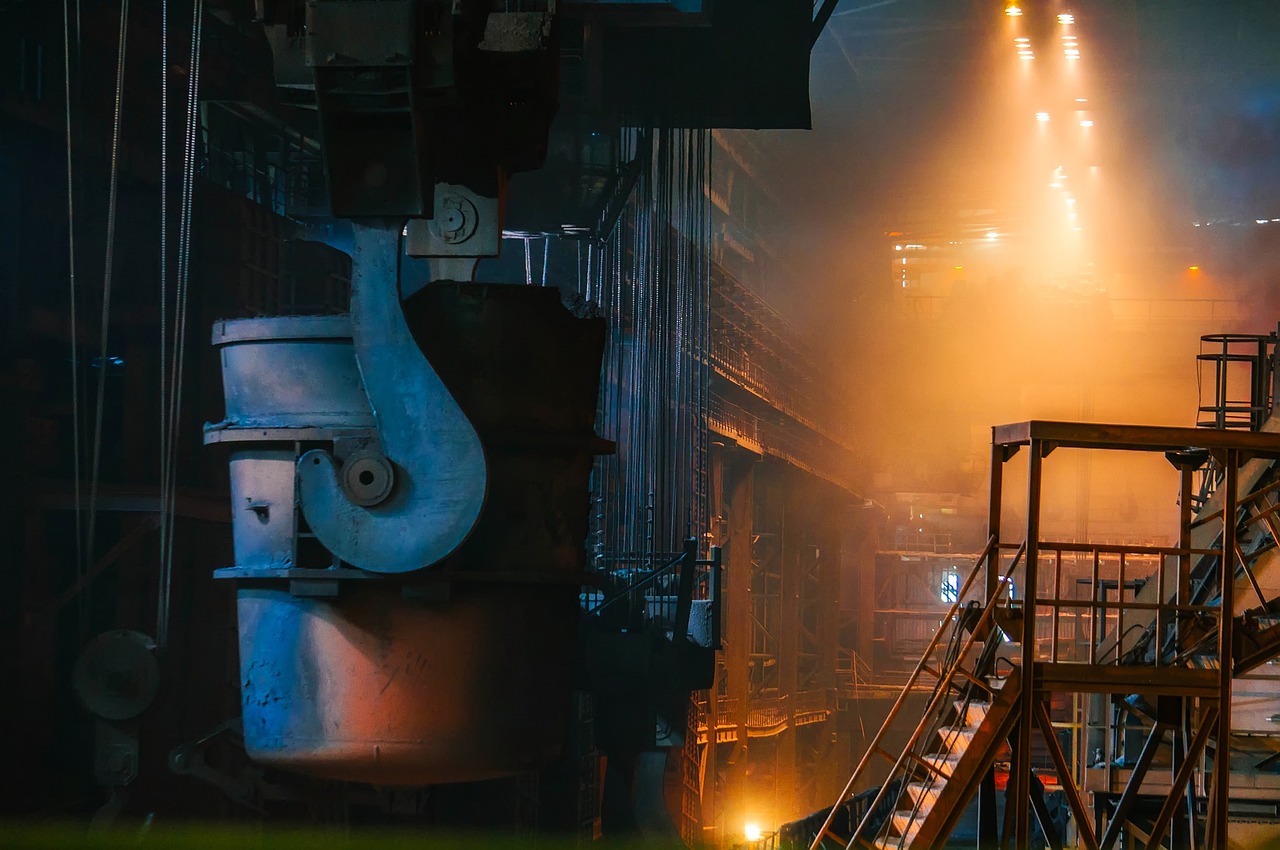
Glass manufacturing has come of age. However, like most sectors, the processes and ways of doing things have evolved. Modern glass production is the cornerstone of various industries, ranging from construction and automotive to design packaging sectors. The market for glass uses also keeps increasing.
As a result, the quest for improved efficiency in glass manufacture has led to notable technological innovations in how glasses are produced. Outlined below are a few technological trends that have shaped the glass manufacturing industry.
1. Industry 4.0 Integration
Industry 4.0, as the name suggests, describes the fourth industrial revolution affecting the glass industry. This revolves around the integration of modern technologies in the glass manufacturing process. Machine and Wheels have expertly adopted this in their used glass machine. These integrations bring forth significant benefits and advancements in glass manufacture.
For instance, the implementation of robotics and semi-automated production lines significantly cuts manual labor and improves consistency while increasing efficiency. Similarly, sensor networks powered by the internet of Things make it easy for manufacturing plants to monitor temperatures, pressure, machine performance, and other parameters. Embracing industry 4.0 technologies generally improves efficiency and adaptability in the glass industry. Manufacturers respond to market demands and reduce production costs.
2. Advanced Costing Techniques
Coasting technology determines the performance and functionality of the glass surface. Modern coating techniques are designed to improve key properties of the glass, such as durability, functionality, and energy efficiency. One of the leading coating techniques is the low emissivity coating, which is designed to minimize heat transfer by absorbing or reflecting radiation away. These technologies improve energy efficiency while enhancing indoor comfort.
The self-cleaning coating is another popular coating technique. Hydrophilic self-cleaning coats spread water evenly to ease cleaning. On the other hand, photocatalytic coats break down organic deposits on glass surfaces.
3. Energy Efficiency
Glass manufacturers can now develop energy-efficient glass, thanks to modern technologies. These glasses improve sustainability and reduce energy consumption. For instance, new improved insulation techniques, specifically the double and triple glazing options, enhance thermal insulation and minimize heat transfer.
Glass manufacturers have also switched to the use of energy-efficient glass materials. Using materials with low thermal conductivity significantly improves glass insulation properties. Renewable energy integration, where solar panels are incorporated into the surfaces of glass panels to harness solar power, has additionally made modern glass energy efficient.
4. Smart Glasses
Smart glasses, or dynamic glasses, are glasses with adjustable properties. These glasses can be adjusted to control heat, light, and privacy. While they come in varieties, the three main types include:
-
Electrochromic glasses: These glasses change and adjust their opacity depending on the voltage applied. They are mostly used in windows to regulate heat and glare.
-
Thermochromic glasses: They adjust their color based on temperature variations.
-
Liquid crystal glasses: These smart glasses have a layer of liquid crystals that change orientation when connected to an electric field.
Endnote
Like other sectors, the glass industry continues investing in research and development. Modern glasses are also very functional. For instance, advanced coating mechanisms improve energy efficiency, aesthetics, and performance of glass products.
